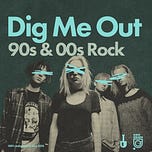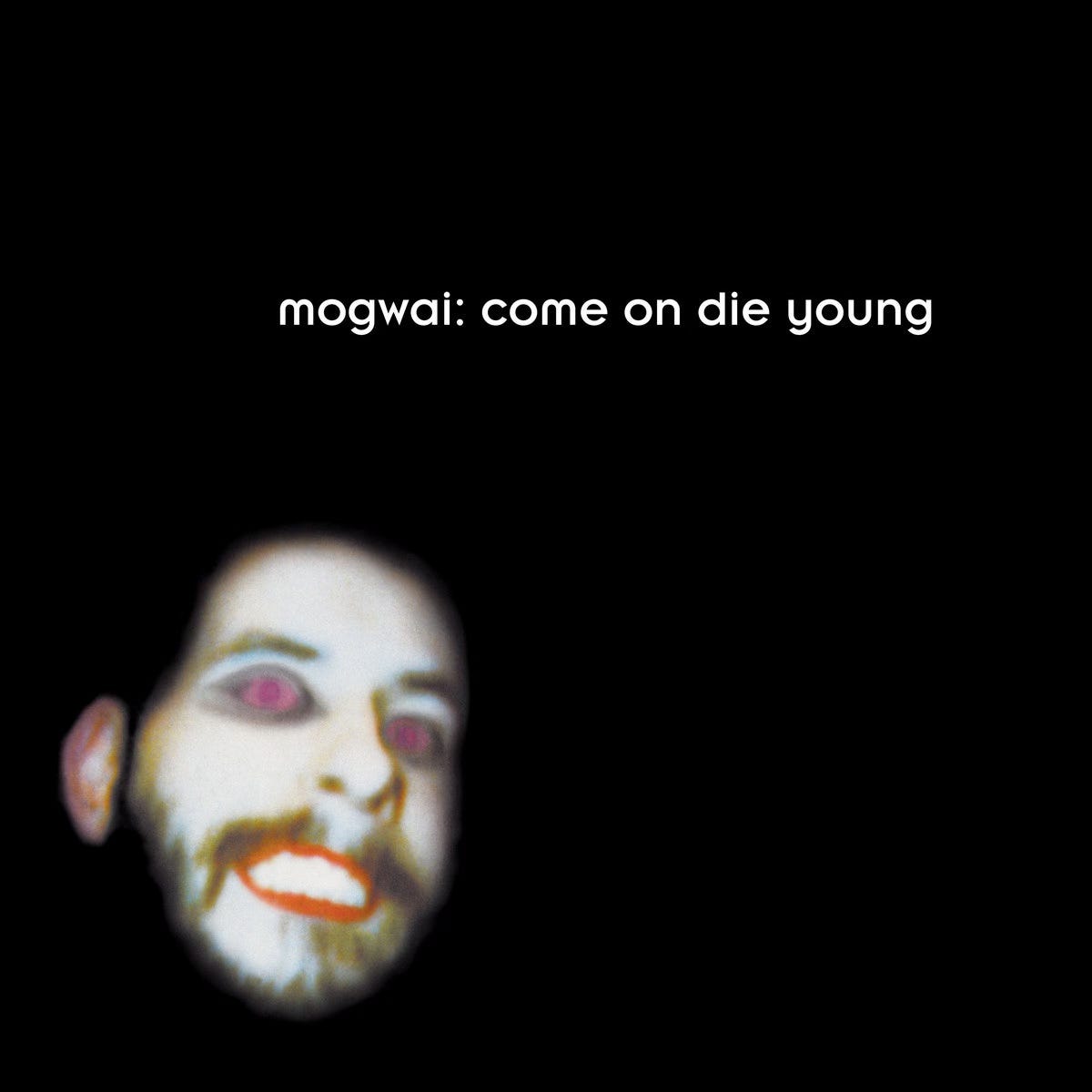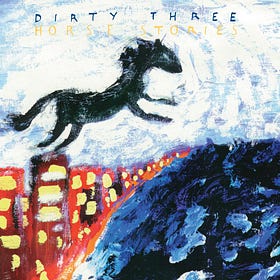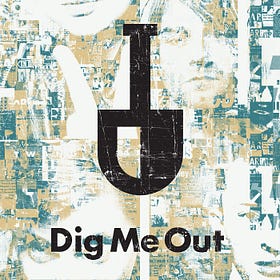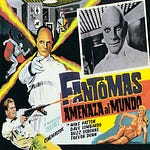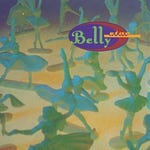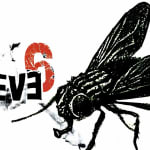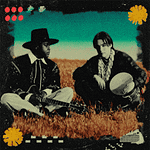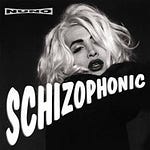Ever notice how some albums creep up on you? One day you’re casually listening to background music while working, the next you’re lying in bed, staring at the ceiling, completely absorbed by sounds that shouldn’t work but absolutely do. That’s the strange magic of Mogwai’s second album, Come On, Die Young—a record that arrived in March 1999 like a whispered secret in a world shouting for attention.
While Britpop was still dominating UK charts and nu-metal was gaining momentum across the pond, four Scottish lads from Glasgow were crafting something entirely different. They weren’t trying to get on Top of the Pops or win over teenage audiences. Instead, they were creating what might be the most beautifully restrained rock album of the decade.
When Clean Guitars Became Revolutionary
What makes Come On, Die Young so compelling isn’t what it does—it’s what it doesn’t do. Stuart Braithwaite could easily have been making standard Britpop with his perfectly serviceable voice. Barry Burns could have leaned into the keyboards and synthesizers dominating late-90s alternative rock. The rhythm section of Dominic Aitchison and Martin Bulloch could have been pounding out the kind of aggressive post-hardcore that bands like Slint pioneered.
Instead, they chose restraint. Clean guitars shimmer and chime throughout most of the album, building tension not through volume but through space and subtle dynamics. When distortion finally arrives on “Christmas Steps,” it feels earned—like a dam finally bursting after mounting pressure.
The production, handled by Dave Fridmann (the same wizard behind The Flaming Lips’ psychedelic masterpieces), creates an entirely different experience depending on how you listen. Through speakers, you get a band in a room. Through headphones, you enter a meticulously crafted sonic landscape where every guitar line is precisely placed in the mix, creating a three-dimensional experience that reveals new details with each listen.
The Blair Witch Effect
There’s something eerily appropriate about Come On, Die Young’s stark black cover—a ghostly bearded face emerging from darkness—appearing the same year as The Blair Witch Project. Both works shared a commitment to creating atmosphere through restraint rather than spectacle. Both trusted their audiences to fill in the blanks, to use their imaginations rather than having everything spelled out.
The album moves at a deliberate, almost meditative pace that can test patience but rewards those willing to sink into its world. The opening track features Iggy Pop delivering a manifesto about punk rock being an attitude rather than a sound—a perfect mission statement for what follows. If punk is about challenging expectations, then Mogwai’s nearly instrumental approach to rock music was punk as hell.
The Slint Connection
You can’t discuss Come On, Die Young without acknowledging its debt to Slint’s groundbreaking Spiderland. That Louisville band’s 1991 album essentially created the template for what would become known as post-rock: complex time signatures, spoken-word vocals, and dramatic dynamic shifts between quiet passages and explosive climaxes.
But where Slint often felt alienating in their stark precision, Mogwai found a way to make similar territory feel inviting. Songs like “Waltz for Aiden” and “Kappa” use clean guitar tones and gentle percussion to create something closer to ambient music than traditional rock, yet they maintain an underlying tension that keeps you engaged.
When Less Became More
The album’s restraint was radical for its time. In an era when most rock bands were either trying to out-heavy the competition or chase radio-friendly hooks, Mogwai chose a third path: they made music that demanded active listening while simultaneously working as compelling background music. Songs stretch beyond conventional pop structures, some clocking in under three minutes while others build slowly over eight or nine minutes.
Take “CODY”—an acronym for the album title itself—which remains one of their most conventionally structured songs simply because it features actual singing. Braithwaite’s vocals are tender and melodic, creating a moment of traditional rock beauty before the album returns to its predominantly instrumental landscape.
The Critical Divide That Time Healed
Not everyone got it initially. Major publications like All Music gave it a lukewarm 2.5 out of 5 stars, while The Village Voice awarded it a C grade. The complaints were predictable: too subtle, not enough hooks, challenging for casual listening. But as the years passed, Come On, Die Young gained the reputation it deserved as a quiet masterpiece.
The album’s influence became undeniable as the post-rock movement exploded throughout the 2000s. Bands like Explosions in the Sky, Godspeed You! Black Emperor, and Mono all owe a debt to Mogwai’s approach to building atmosphere through careful dynamics rather than sheer volume.
Why It Still Matters
In our current era of shortened attention spans and algorithmic playlists, Come On, Die Young feels almost subversive. It’s an album that demands you slow down, that rewards focused listening in an age when most music is designed to grab attention in the first fifteen seconds. It suggests that rock music can be meditative without losing its edge, that instrumental music can tell stories as compelling as any lyrics.
The album also established Mogwai as masters of what would become their bread and butter: soundtrack work. Their ability to create cinematic soundscapes without overwhelming the listener made them natural collaborators for films and television, a career path that has sustained them for decades.
The Lasting Quiet Revolution
Come On, Die Young didn’t change rock music overnight—it was too subtle for that. Instead, it planted seeds that grew slowly, influencing countless musicians who discovered that volume and aggression weren’t the only ways to create intensity. In a world of increasingly loud music, Mogwai proved that sometimes the most powerful statement is a whisper.
Twenty-five years later, as Mogwai continues to evolve and explore new sonic territories, Come On, Die Young stands as a testament to the power of restraint, the beauty of space, and the radical act of trusting your audience to meet you halfway. Sometimes the most rebellious thing you can do is refuse to scream.
Want to dive deeper into the making of “Come On, Die Young” and hear more insights about Mogwai’s creative process? Check out the full conversation about this influential album on the Dig Me Out podcast, where longtime fan Michael Ginz joins hosts Jay and Tim for an in-depth exploration of why this quiet masterpiece continues to resonate with listeners decades after its release.
Songs in this Episode
Intro - Helps Both Ways
12:31 - Chocky
20:26 - Cody
25:20 - Christmas Steps
39:22 - Oh! How the Dogs Stack Up
Outro - Kappa
Dirty Three - Horse Stories | 90s Album Review
Leaving behind traditional rock 'n roll structures for more experimental avenues is nothing new for post-rock bands stretching back to The Velvet Underground drones or Brian Eno's ambient albums. It's stretches boundaries into free jazz, krautrock, math rock, and more often with a mechanical feel. That is quite the opposite of what the Dirty Three accom…
Polvo - Today‘s Active Lifestyles | Album Review
Out of the fertile Chapel Hill, North Carolina scene emerged Polvo at the start of the 1990s. Their sound is lumped into math rock, a term the band themselves reject, but the elements are there - progressive rock filtered through an indie lens. On their 1993 sophomore album Today's Active Lifestyles, you'd be hard-pressed to find any evidence of Jethro …
#439: Spiderland by Slint
The 1991 album Spiderland by Slint has taken on icon status since release, the bridge between Sonic Youth noise, Velvet Underground drone, Joy Division dread and the 1990s wave of post, math, indie and other alternative rock sub-genres. Like so many revered albums discovered via slow burn over years thanks to the accolades of musicians and rock journali…


